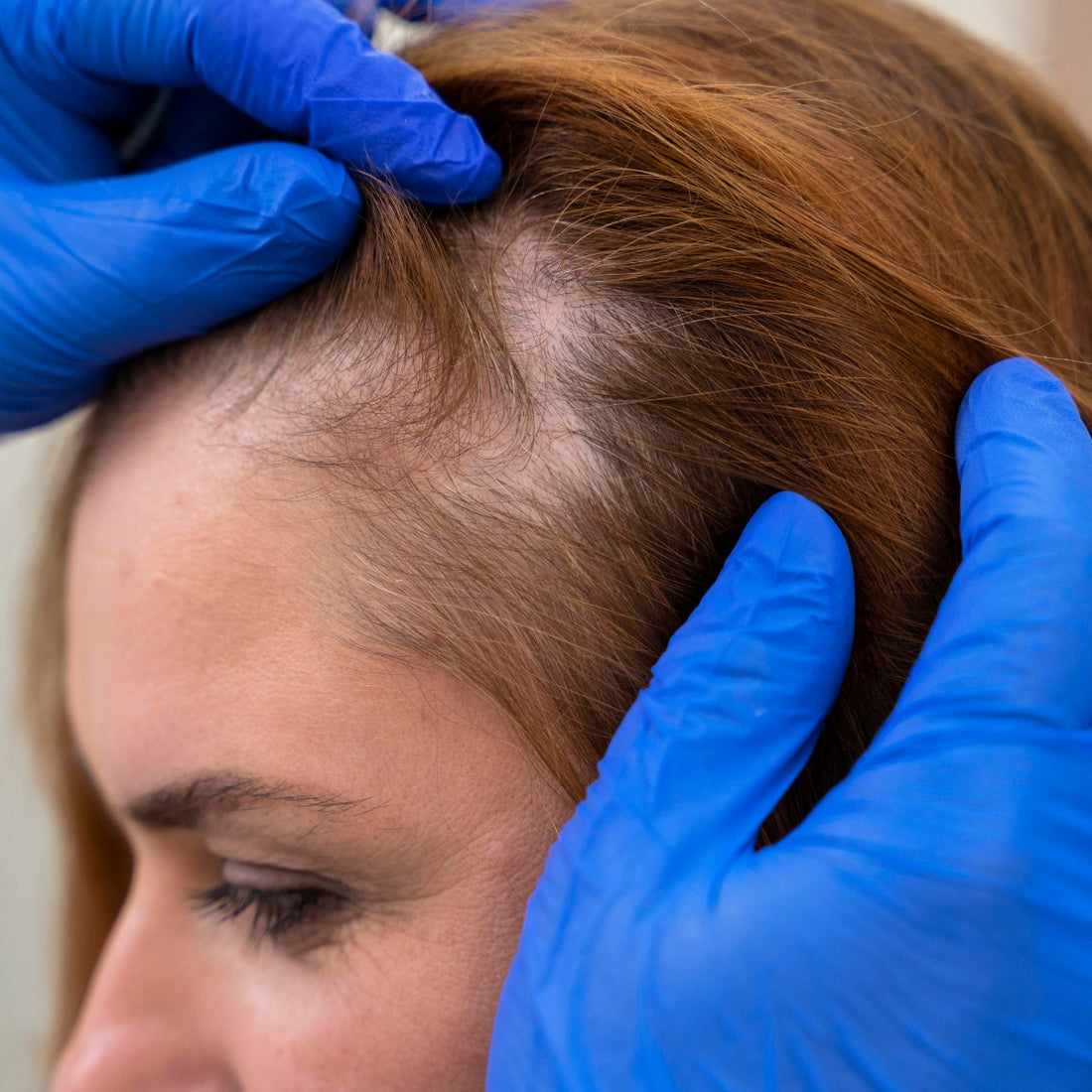
The Science Behind Hair Growth: Understanding the Hair Growth Cycle
Introduction
Welcome to our deep dive into the fascinating Science Behind Hair Growth! Have you ever wondered why your hair seems to grow at different rates or why some people have thicker hair than others? The hair growth cycle is a complex process that holds the answers. In this comprehensive guide, we'll unravel the science behind hair growth, exploring each phase of the cycle and understanding how it impacts the health and appearance of your looks.
Understanding the Hair Growth Cycle:
The hair growth cycle consists of four main phases: anagen, catagen, telogen and exogen. Let's break down each phase and uncover its significance in the journey from follicle to following name:
Anagen Phase
During the anagen phase, hair follicles are actively growing, resulting in the visible lengthening of hair strands. This phase typically lasts for 2-7 years, varying depending on individual factors such as genetics and healths science behind hair growth. Hair grows at a rate of approximately half an inch to one inch per month during this phase. The duration of the anagen phase determines the maximum potential length that hair can reach. Strong and vibrant hair growth can result from the anagen phase's longevity and health being supported by appropriate diet and hair care.
Catagen Phase
The catagen phase is a transitional phase between the growth and resting phases. The catagen phase is a transitional stage in the hair growth cycle where hair growth halts and the follicle prepares for renewal. This phase typically lasts for about serval weeks. The hair follicle shrinks and cuts off from the blood supply during catagen, which stops the creation of new hair. The outer root sheath of the hair follicle contracts and forms a club-shaped structure known as a club hair. While hair growth stops during catagen, the follicle remains intact, ready to enter the next phase of the cycle. While the catagen phase is relatively short compared to the anagen phase, it plays a crucial role in renewing the hair follicle for future growth.
Telogen Phase
During the telogen phase, also known as the resting phase, hair follicles remain dormant. This phase lasts for approximately two to four months. Hair attached to the follicle stops growing and eventually sheds, making way for new hair growth. Shedding during telogen is a natural process and should not be a cause for concern. It's estimated that around 10-15% of our hair follicles are in the telogen phase at any given time. Various factors, including stress, hormonal changes, and nutritional deficiencies, can influence the duration of the telogen phase.
Exogen Phase
The exogen phase, often referred to as the shedding phase, is the final stage in the hair growth cycle. During this phase, old or damaged hairs naturally shed from the scalp to make way for new hair growth. Exogen occurs concurrently with the telogen phase, as hair that has completed its life cycle is released from the follicle. Shedding during the exogen phase is a normal and natural process, with individuals typically losing around 50 to 100 hairs per day. Despite the shedding, the hair follicles remain healthy and capable of producing new hair strands to replace those that are shed.
Conclusion
Understanding the hair growth cycle is crucial for comprehending the science behind hair growth. Throughout this cycle, hair follicles undergo phases of growth, transition, rest, influenced by various factors such as genetics, hormones, and external stimuli. The anagen phase is the active growth period, during which the hair follicle produces new hair cells. This phase is followed by the catagen phase, a transitional period where hair growth slows down, and the follicle prepares to enter the resting phase, known as telogen. In telogen, hair growth ceases, and the new hair makes its way. In exogen, hair is shed from the scalp, and it is a normal and natural process. Numerous factors can affect the duration and efficiency of each phase, leading to variations in hair growth patterns among individuals.
